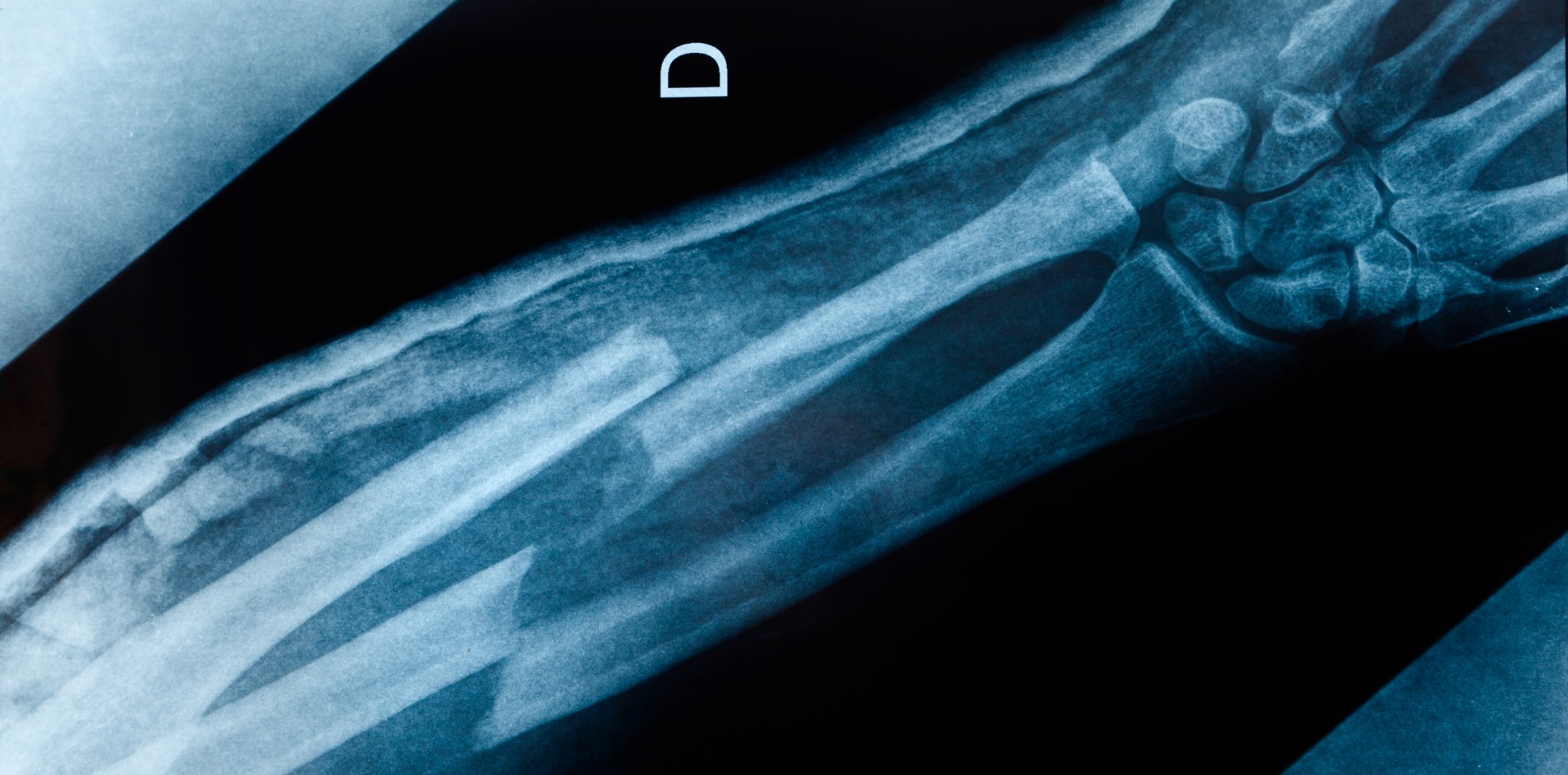With a review of GP collaboration arrangements under way, doctor groups are worried about patient safety and fractured care.
Ditching the rules that govern the way nurse practitioners work alongside GPs would put patients at risk and lead to fragmentation of care, the AMA has said.
The association voiced its concerns in a submission to an independent review of the so-called “nurse practitioner collaborative arrangements”.
The review could in theory consider changes such as enabling patient access to MBS rebates for long-term health and primary care management provided by NPs; significantly increasing the MBS rebate for NP attendances; and introducing MBS rebates for NP emergency care or care received after hours.
These recommendations were made by a Department of Health reference group in 2019. The reference group also recommended axing the requirement to have a collaboration arrangement in place altogether.
The Australian College of Nurse Practitioners backs all the recommendations, including the removal of mandatory collaborative arrangements.
The AMA, however, is firmly against such a move.
“The AMA supports models which improve access to care by supporting health professionals to work together in a co-ordinated way to ensure patients get the best possible outcomes,” said AMA president Professor Steve Robson.
“However, improved access must never come at the cost of patient safety, and collaborative arrangements provide the necessary checks and balances and support from highly trained medical practitioners.”
Similar concerns about safety were expressed in the RACGP’s submission to the review in June.
“The RACGP supports the legislative requirement for collaborative arrangements and for written collaborative care agreements to facilitate the integration of NPs into a GP-led primary care team,” the college said.
“We note that the Nurse Practitioner Standards for Practice do not indicate an expectation or requirement for the NP to collaborate with a patient’s usual GP or treating medical practitioner about their care. This suggests that a formal mechanism is required to ensure safe and efficient healthcare.”
Mirroring the association’s concerns about pharmacy programs in Queensland, the AMA said NPs’ scope of practice lay at the heart of its concerns.
“The AMA considers that any moves to enable nurse practitioners and midwives to practise outside the current arrangements will increase the risks to patient care through the increased potential for missed or wrong diagnoses, increased fragmentation of care and greater duplication of diagnostic and other services,” the association said in its submission.
“Indeed, AMA members have experienced incidences where patient safety has been potentially compromised in situations where nurse practitioners and midwives have practised beyond their scope of practice and outside the areas of practice covered by the collaborative agreement.”
Collaborative arrangements were introduced in 2010. NPs were given limited access to MBS and PBS items, but only if they entered into such an arrangement with a medical professional or an organisation that employs medical professionals.
The arrangements provided guidance on referrals, consultation and record keeping, but did not refer to scope of clinical practice.
Around 68% of primary care nurses worked in a general practice setting, where their role was “complementary” to GPs, the AMA said.
“The advanced skills of NPs are generally limited to a specific field of care in which the NP has undertaken further training and education and, while these skills are extraordinarily valuable, they do not match the breadth of training and experience of a GP,” the submission read.
“Only GPs are specifically trained for and skilled in comprehensive first contact and continuing care for persons with any undiagnosed sign, symptom, or health concern.
“NPs are not a substitute for general practitioners. NPs may be able to make a limited diagnosis via protocols with limited treatment options, but they are not trained to make a differential diagnosis, nor assess or care for a patient as a whole person.”
In addition to the independent review of collaborative arrangements, the MBS taskforce also recommended establishing a scope of practice and “credentialling framework” for NPs.
“Lack of clarity regarding NP scope of practice is a major barrier to expansion of services through the MBS,” the taskforce said, calling on NPs to work with their professional bodies to develop a clinical governance framework that would provide guidance on scope.
Running concurrently with the review, a DoH steering committee began began meeting in August 2021 to develop a 10-year plan for nurse practitioners. The review of collaborative arrangements will likely influence this plan, the committee said.





